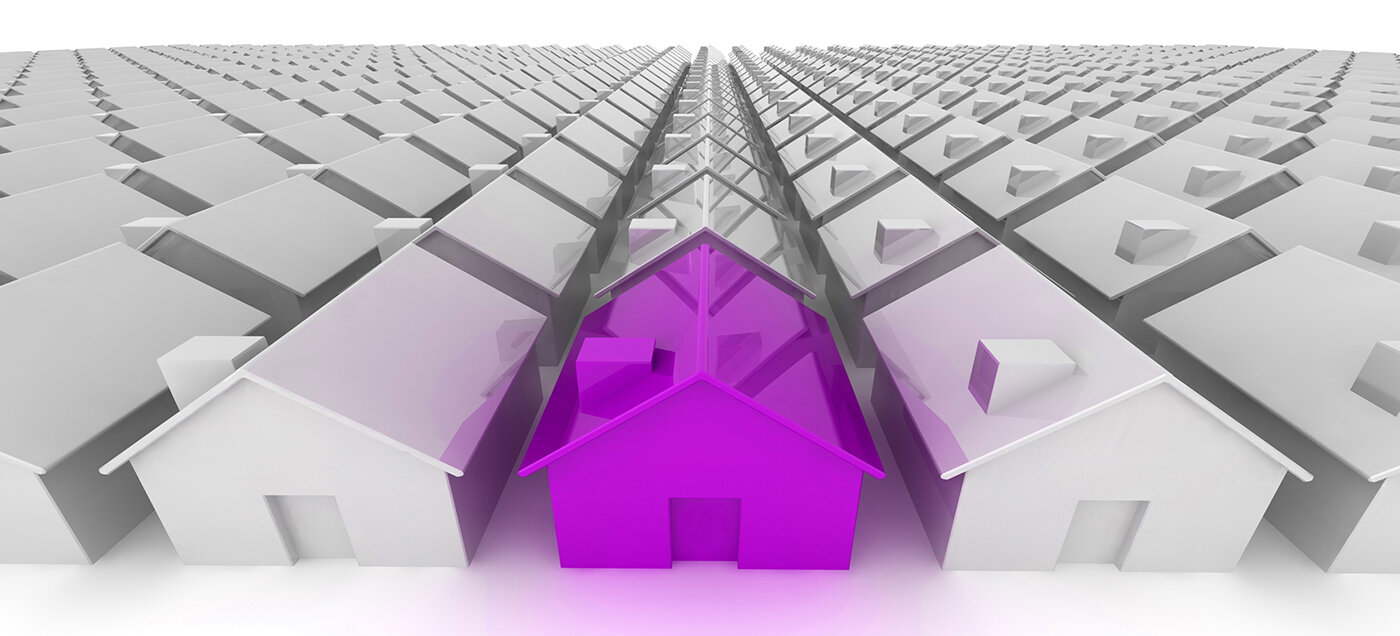
Hitting Post-Recession Highs in the Third Quarter
In a sign of growing strength across historically underserved communities, home prices within federally designated Opportunity Zones continued to climb through the third quarter of 2025–matching the broader U.S. housing market’s pace of appreciation, according to a new report released by property data firm ATTOM.
Median single-family and condo prices rose quarter-over-quarter in 49.7% of Opportunity Zones with sufficient sales data, the report found. On a year-over-year basis, prices increased in 54.6% of zones–identical to the share of price gains recorded in non-Opportunity Zone census tracts.
Post-Recession Peaks in Hundreds of Zones
A notable 11.3% of Opportunity Zones (422 total) reached their highest median home prices since the Great Recession, underscoring a continued recovery and renewed investment momentum in these areas. Meanwhile, more than a third–36.2%–experienced double-digit price growth over the past year.
“Opportunity Zones were just as likely to see home prices grow as neighborhoods outside these zones, showing these areas are also benefiting from this sustained rise in home prices,” said Rob Barber, CEO of ATTOM. “But many of these zones still have a long way to go, since their median sales prices remain well below areas that haven’t been targeted for redevelopment.”
Affordable but Appreciating
Created under the 2017 federal Tax Cuts and Jobs Act, Opportunity Zones are census tracts within or adjacent to low-income communities identified for economic revitalization through tax-advantaged investment. There are more than 8,700 such tracts across the U.S., the District of Columbia, and U.S. territories.
Despite matching national appreciation rates, homes in these areas remain considerably more affordable. Only 20% of Opportunity Zone tracts reported median prices above the national median of $370,000 during Q3 2025. Nearly half–49.9%–had median sales prices below $225,000, highlighting their continued role as entry points for homeownership and investment.
The volatility of small datasets also remains a factor: in 80% of Opportunity Zone tracts, typical sales prices rose or fell by more than 5% year-over-year, reflecting limited transaction volume in many of these neighborhoods.
Regional and State Highlights
Among states with at least 25 Opportunity Zones analyzed, Arkansas led the nation, with 76% of its qualifying zones posting year-over-year price gains. It was followed by New York (71.4%), Minnesota (67.2%), Alabama (65.2%), and Iowa (64.7%).
Regional disparities remain pronounced. The Midwest continues to represent the nation’s most affordable opportunity markets, where 54% of zones reported median home values under $175,000. By comparison, that figure stood at 38% in the Northeast, 37% in the South, and just 5% in the West.
Narrowing the Gap
The latest data suggest that Opportunity Zone communities are increasingly aligned with national housing trends–a sign of capital flow and confidence–but continue to trail wealthier areas in absolute dollar value.
“While affordability persists in these markets, the consistency of price growth underscores the impact of sustained investor attention and redevelopment incentives,” ATTOM’s report concluded.
In summary, Opportunity Zone home prices climbed at the same pace as the rest of the country in Q3 2025, with over one in three zones posting double-digit gains and more than one in ten achieving their highest valuations since 2008. Yet even with that growth, these neighborhoods remain the nation’s most accessible–and volatile–housing markets, offering both risk and reward for investors seeking long-term upside.
Sign Up Free | The WPJ Weekly Newsletter
Relevant real estate news.
Actionable market intelligence.
Right to your inbox every week.
Real Estate Listings Showcase
Please visit:
Our Sponsor
